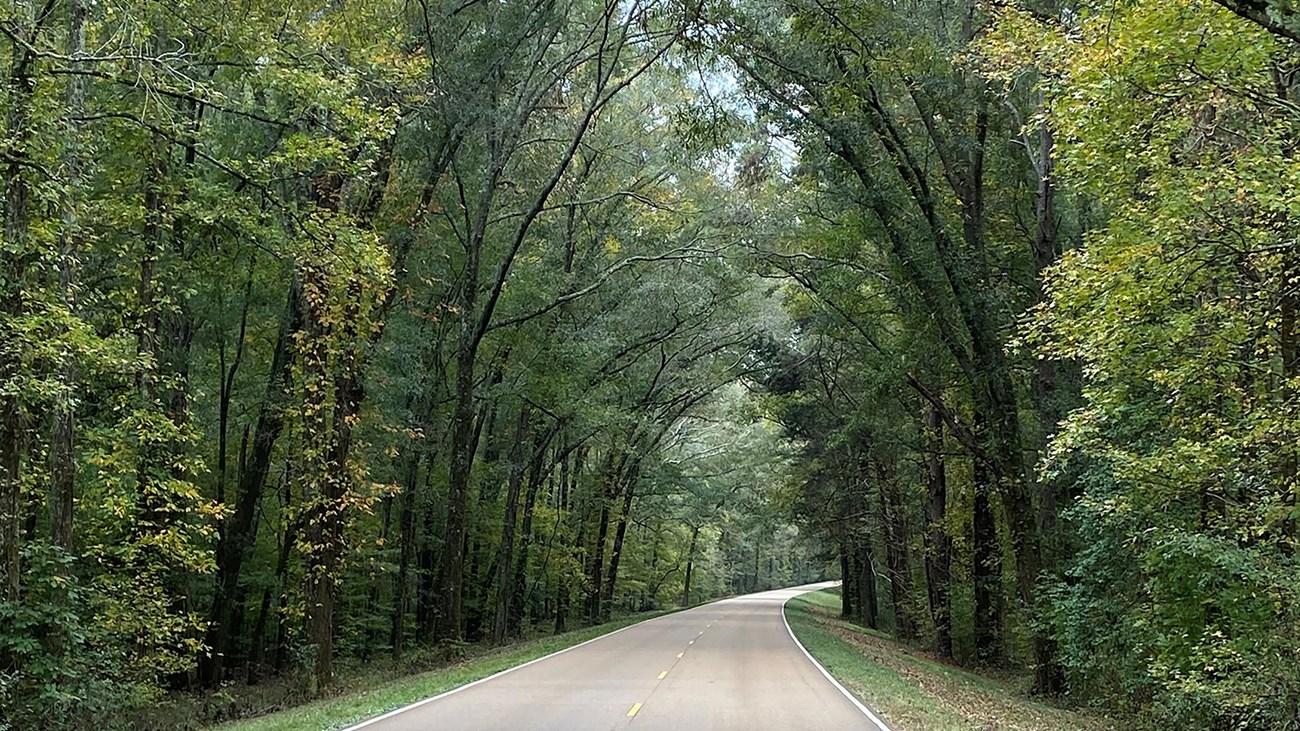
Discover the Historic Beauty of Natchez Trace Parkway
Explore the scenic, historic, and cultural wonders of the Natchez Trace Parkway, a 444-mile journey through the heart of the American South.
The Natchez Trace Parkway is a scenic drive that spans 444 miles through three states, primarily Mississippi. This historic route traces its origins to Native American trails and later served as a critical path for early European settlers. Today, it offers a tranquil escape through lush forests, rolling hills, and diverse ecosystems. As you journey along the Parkway, you will encounter numerous points of interest. The town of Natchez, at the southern terminus, is known for its antebellum homes and vibrant history. Further along, you'll find the Emerald Mound, one of the largest Native American mounds in the United States, and the historic Mount Locust Inn and Plantation. Each stop offers a glimpse into the rich cultural and natural heritage of the region. Outdoor enthusiasts will find plenty to do along the Parkway. There are numerous hiking and biking trails, picnic spots, and opportunities for birdwatching and wildlife observation. The Natchez Trace Parkway also boasts several campgrounds, making it an ideal destination for those looking to immerse themselves in the natural beauty of the American South.
Local tips in Natchez Trace Parkway
- Stop at the Natchez Visitor Center for maps and information before starting your journey.
- Plan your visit in spring or fall for the most pleasant weather and beautiful foliage.
- Pack a picnic and enjoy one of the many designated picnic areas along the Parkway.
- Be on the lookout for wildlife, especially deer, which are common along the route.
- Fuel up your vehicle before entering the Parkway, as gas stations are few and far between.
- Take your time and explore the short hiking trails that lead to scenic overlooks and historical sites.
Discover the Historic Beauty of Natchez Trace Parkway
The Natchez Trace Parkway is a scenic drive that spans 444 miles through three states, primarily Mississippi. This historic route traces its origins to Native American trails and later served as a critical path for early European settlers. Today, it offers a tranquil escape through lush forests, rolling hills, and diverse ecosystems. As you journey along the Parkway, you will encounter numerous points of interest. The town of Natchez, at the southern terminus, is known for its antebellum homes and vibrant history. Further along, you'll find the Emerald Mound, one of the largest Native American mounds in the United States, and the historic Mount Locust Inn and Plantation. Each stop offers a glimpse into the rich cultural and natural heritage of the region. Outdoor enthusiasts will find plenty to do along the Parkway. There are numerous hiking and biking trails, picnic spots, and opportunities for birdwatching and wildlife observation. The Natchez Trace Parkway also boasts several campgrounds, making it an ideal destination for those looking to immerse themselves in the natural beauty of the American South.
When is the best time to go to Natchez Trace Parkway?
Iconic landmarks you can’t miss
Reservoir Overlook
Discover the serene beauty of Reservoir Overlook, a stunning scenic spot along the Natchez Trace Parkway in Mississippi, perfect for relaxation and breathtaking views.
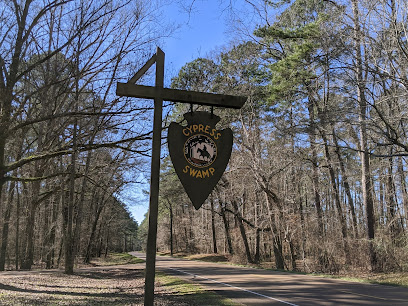
Natchez National Historical Park
Explore the rich heritage of Natchez at the National Historical Park, featuring stunning architecture and immersive historical experiences.
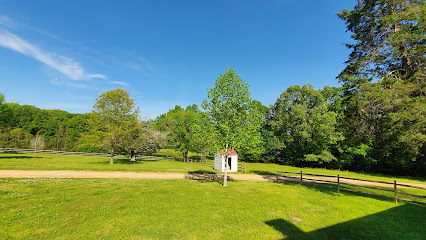
Cypress Swamp
Discover the serene beauty of Cypress Swamp, a natural haven along the Natchez Trace Parkway, perfect for hiking, wildlife watching, and enjoying the outdoors.
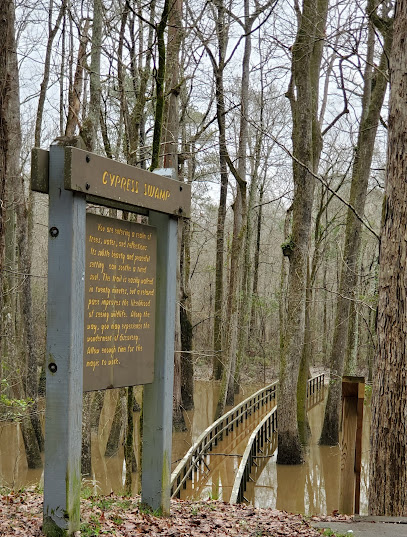
Natchez Trace Parkway Visitor Center
Explore the Natchez Trace Parkway Visitor Center for insights into nature, history, and the scenic beauty of Mississippi's route to adventure.
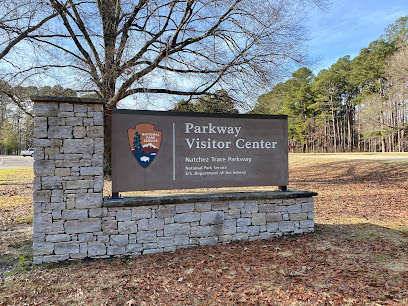
Emerald Mound
Explore the majestic Emerald Mound, a historical landmark in Natchez, Mississippi, showcasing the rich heritage of the Natchez Indians and their mound-building culture.
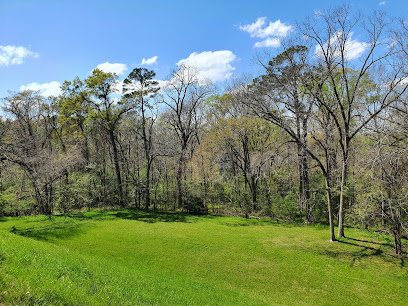
The Natchez Trace
Explore the breathtaking Natchez Trace, a historic route through Mississippi, rich in natural beauty and cultural heritage, ideal for adventurous travelers.
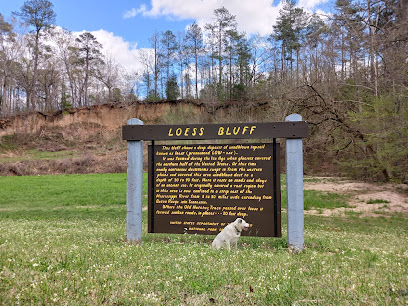
Sunken Trace
Explore the historic trails of Sunken Trace in Port Gibson, Mississippi, where nature and history intertwine for an unforgettable hiking experience.
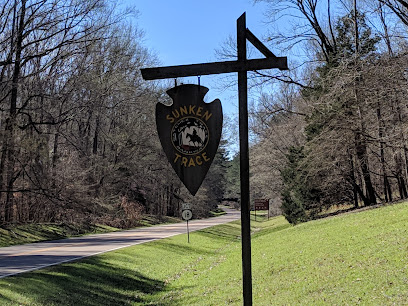
Witch Dance
Explore the enchanting Witch Dance park along the Natchez Trace Parkway, a serene escape into Mississippi's stunning wilderness and rich folklore.
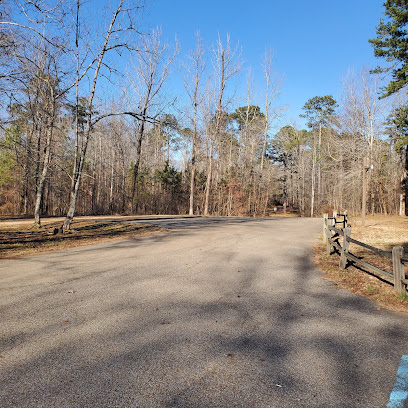
Old Trace and Confederate Gravesites
Discover the Old Trace and Confederate Gravesites: a serene historical landmark along Natchez Trace Parkway, honoring the legacy of those who shaped Mississippi.
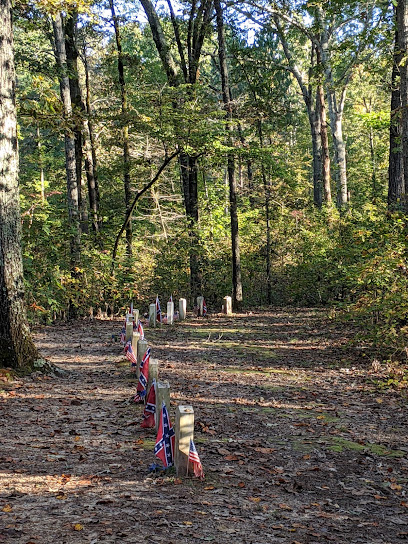
Natchez Trace Chisha Foka Multi-Use Trail
Discover the natural beauty and recreational opportunities at Natchez Trace Chisha Foka Multi-Use Trail in Ridgeland, Mississippi.
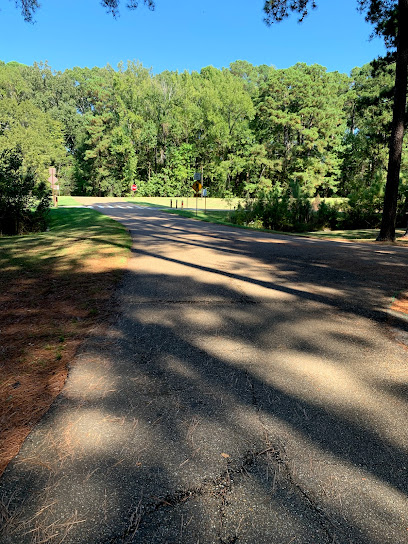
Rocky Springs Trail
Discover the breathtaking landscapes and rich history of Rocky Springs Trail, a hidden gem along the Natchez Trace Parkway in Mississippi.
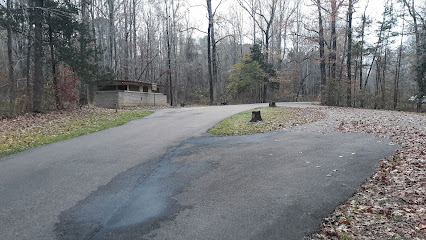
Old Trace Exhibit Shelter
Explore the Old Trace Exhibit Shelter: a historical landmark where nature meets the rich heritage of Mississippi's ancient pathways.
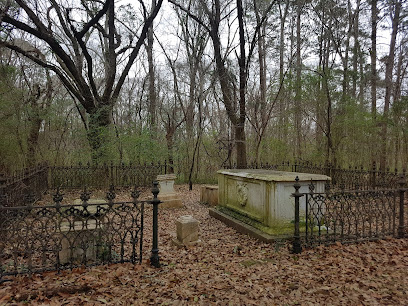
Natchez Trail
Discover the breathtaking beauty and rich history of the Natchez Trail, a premier hiking destination in Mississippi.

Chickasaw Council House
Explore the historical significance of the Chickasaw Council House, a serene landmark along the Natchez Trace Parkway in Mississippi.
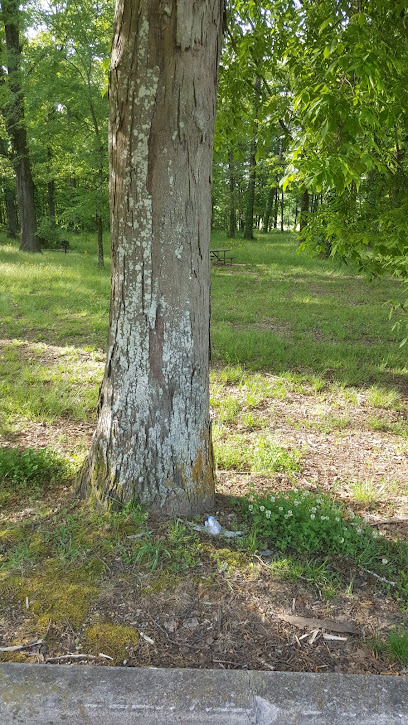
Choctaw Agency
Explore the Choctaw Agency, a historical landmark in Ridgeland, MS, and delve into the rich cultural heritage of the Choctaw people.
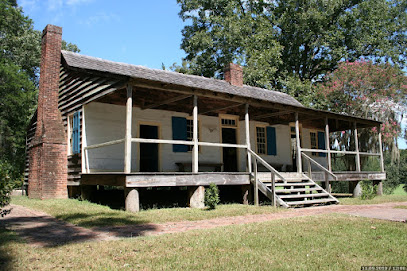
Unmissable attractions to see
Elvis Presley Birthplace
Explore the Elvis Presley Birthplace in Tupelo, Mississippi, and immerse yourself in the early life of the music legend and the history of rock 'n' roll.
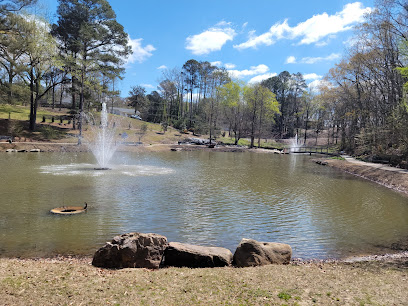
Mississippi Civil Rights Museum
Explore the rich history and powerful narratives at the Mississippi Civil Rights Museum, a vital tribute to the struggle for social justice and equality.
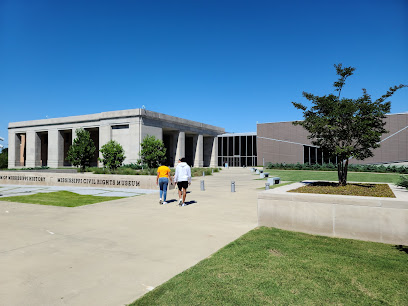
Natchez Trace Parkway Bridge
Discover the breathtaking Natchez Trace Parkway Bridge, a stunning architectural marvel offering scenic views and a glimpse into Tennessee's rich history.
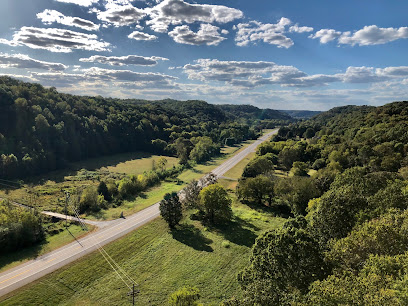
Tishomingo State Park
Discover the breathtaking beauty and outdoor activities at Tishomingo State Park, a must-visit destination for nature lovers in Mississippi.
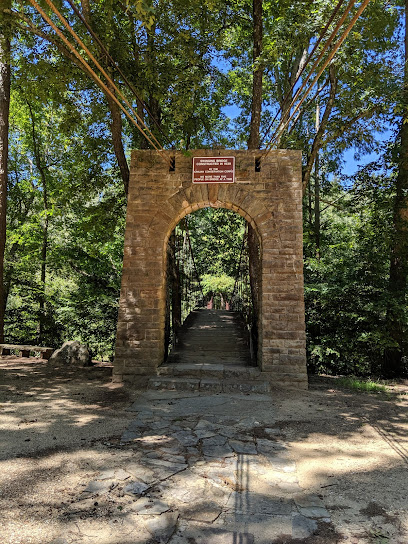
Jackson Falls
Explore the breathtaking landscapes and serene waterfalls of Jackson Falls, a must-visit natural attraction along the Natchez Trace Parkway in Tennessee.
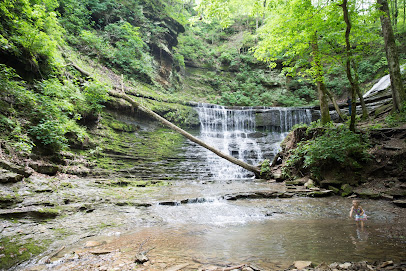
Longwood
Discover the haunting beauty of Longwood, an unfinished masterpiece and historical landmark in Natchez, Mississippi, rich in antebellum history.
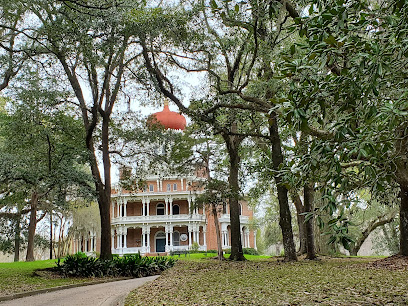
Windsor Ruins
Explore the captivating Windsor Ruins in Mississippi, where history comes alive through the majestic remains of a grand antebellum mansion.
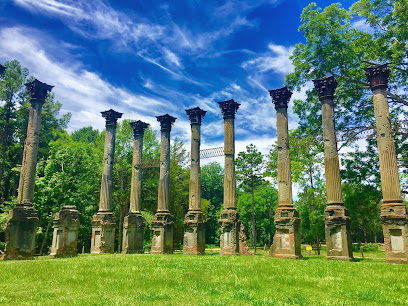
Natchez National Historical Park
Discover the captivating stories of the antebellum South at Natchez National Historical Park, a historical gem located in Mississippi.
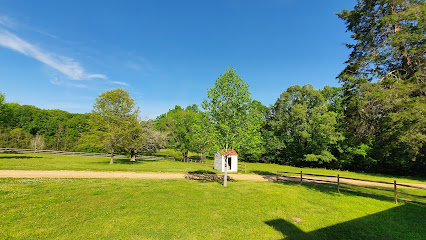
Tombigbee Lake State Park
Discover the serenity and beauty of Tombigbee Lake State Park, a perfect destination for outdoor enthusiasts and nature lovers in Mississippi.
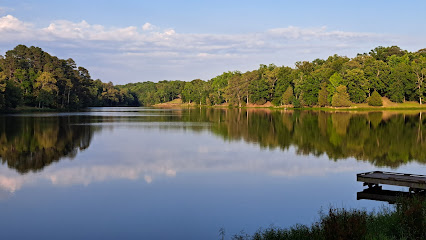
Fall Hollow Falls
Experience the breathtaking beauty of Fall Hollow Falls, a serene hiking destination along the Natchez Trace Parkway, ideal for nature lovers and photographers.
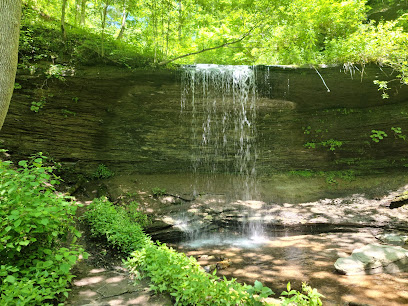
Monmouth Historic Inn & Gardens
Experience southern charm and elegance at Monmouth Historic Inn & Gardens, a historical landmark in Natchez, MS, offering fine dining and stunning gardens.
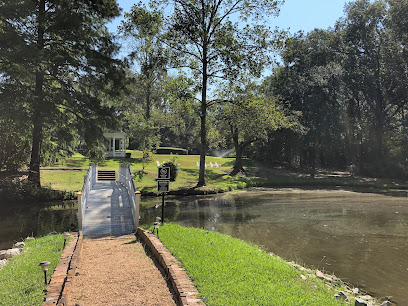
Stanton Hall
Discover the elegance of Stanton Hall in Natchez, a historical landmark showcasing antebellum architecture and rich Southern heritage.

Natchez Trace Parkway Visitor Center
Explore the Natchez Trace Parkway Visitor Center, where nature meets history in the heart of Mississippi's stunning landscapes.
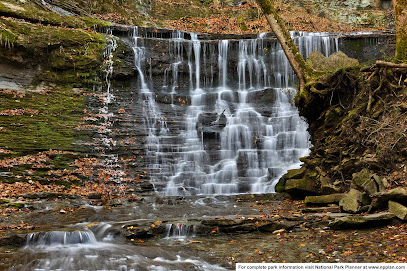
Grand Village of the Natchez Indians
Uncover the fascinating history of the Natchez Indians at this unique museum and archaeological site in Natchez, Mississippi.

Rosalie Mansion and Gardens
Experience the grandeur of antebellum architecture and serene gardens at Rosalie Mansion, a must-visit historical site in Natchez, Mississippi.
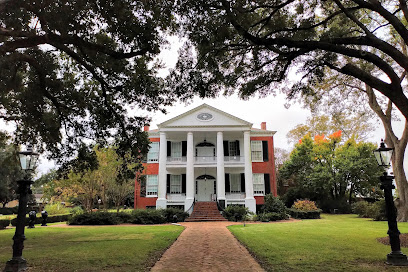
Essential places to dine
Shaggy's on the Rez
Experience the best of Mississippi dining at Shaggy's on the Rez with waterfront views and delicious Southern cuisine.

Roux 61
Experience Southern hospitality at Roux 61 with exquisite seafood dishes and a welcoming atmosphere in historic Natchez.
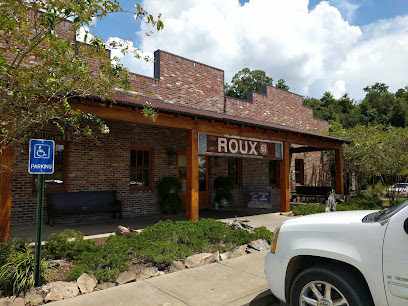
Cock of the Walk
Experience authentic Southern seafood at Cock of the Walk in Ridgeland – where flavor meets hospitality amidst beautiful surroundings.
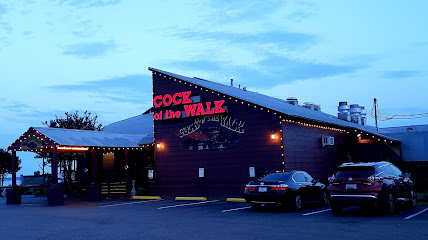
Magnolia Grill
Discover Magnolia Grill in Natchez: A seafood haven offering authentic Cajun dishes with Southern charm.
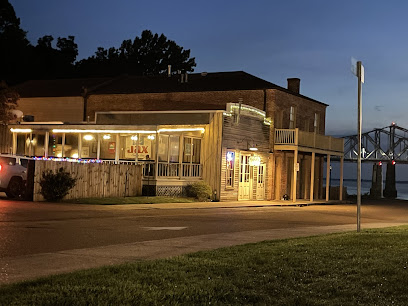
Pig Out Inn Barbeque
Experience authentic Southern barbecue at Pig Out Inn in Natchez – where smoky flavors meet warm hospitality.

Trace Grill
Discover Trace Grill in Ridgeland: A family-friendly restaurant offering delicious meals at affordable prices in a warm atmosphere.
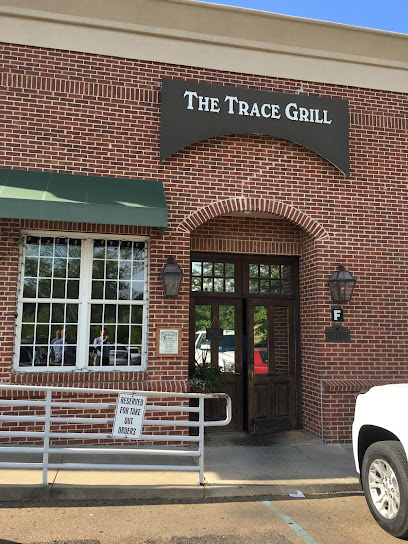
Fat Mama's Tamales
Experience authentic Southern flavors at Fat Mama's Tamales in Natchez – a culinary gem famous for its delicious tamales and warm hospitality.
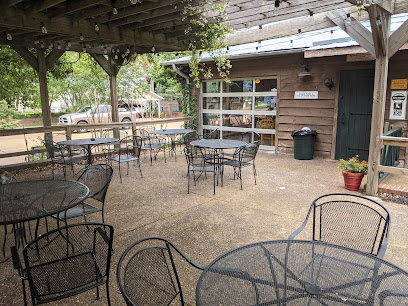
The Camp Restaurant
Experience the flavors of Mississippi at The Camp Restaurant in Natchez – where Southern charm meets culinary excellence.
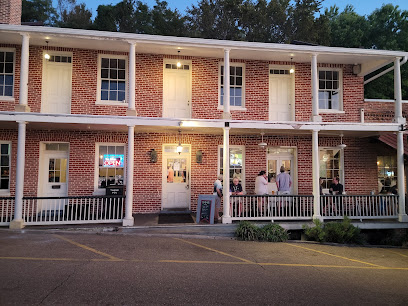
Trace-Way Restaurant
Experience delicious American cuisine at Trace-Way Restaurant's all-you-can-eat buffet in Mathiston – perfect for families and food lovers!
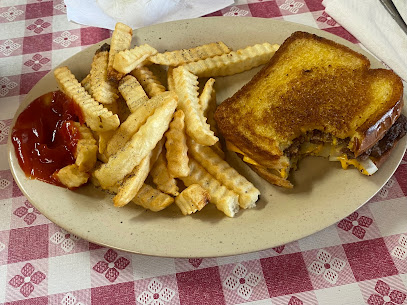
Biscuits & Blues
Savor authentic Southern cuisine at Biscuits & Blues in Natchez—where great food meets live blues music.
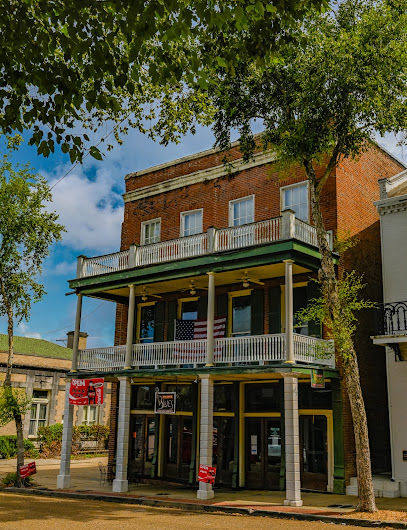
Pearl Street Pasta
Experience the best of Italian cuisine at Pearl Street Pasta in Natchez, where every meal is a celebration of authentic flavors and warm hospitality.

Monmouth Historic Inn & Gardens
Experience Southern elegance at Monmouth Historic Inn & Gardens - A historical landmark blending fine dining with beautiful gardens in Natchez.
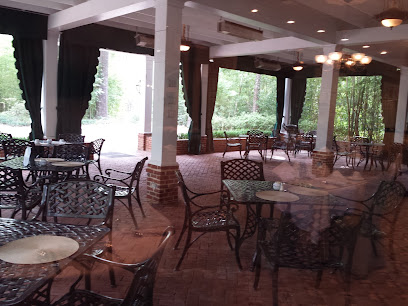
Pap's Place
Experience authentic Southern cuisine at Pap's Place in Ackerman – where every meal feels like home.
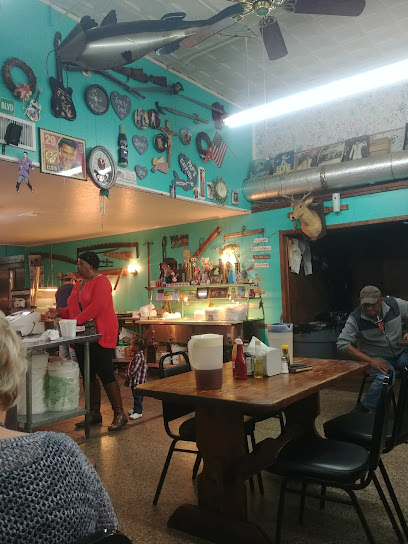
Rolling River Reloaded
Savor exquisite Southern cuisine at Rolling River Reloaded in Natchez – where every meal is a celebration of flavor and hospitality.
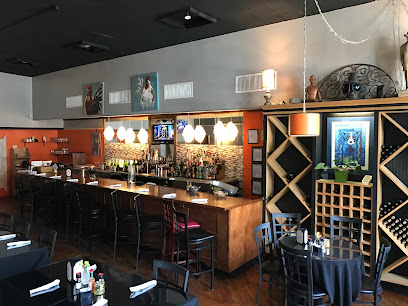
Southern Style Restaurant & Catering
Experience authentic Southern cuisine at Southern Style Restaurant & Catering in Natchez - where hearty flavors meet warm hospitality.

Markets, malls and hidden boutiques
Barnes & Noble
Explore the enchanting Barnes & Noble in Tupelo, where books, coffee, and creativity come together in a welcoming atmosphere.
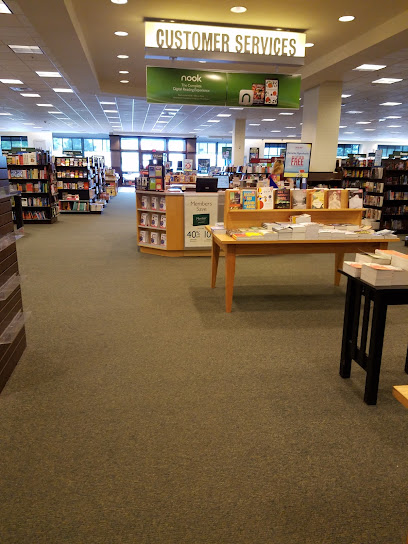
Costco Wholesale
Explore Costco Wholesale in Ridgeland, MS for unbeatable deals on groceries, electronics, and more in a friendly warehouse shopping environment.
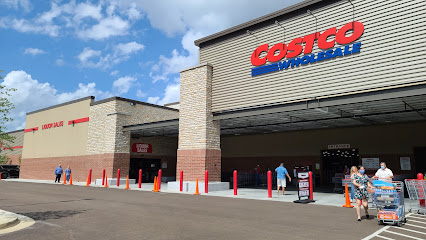
Northpark
Discover a vibrant shopping experience at Northpark in Ridgeland, Mississippi, featuring diverse stores, dining options, and entertainment.
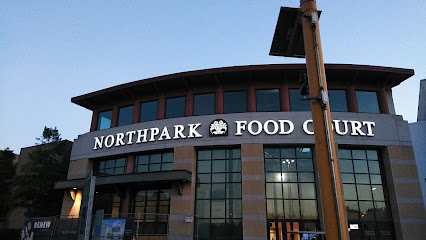
Longwood
Explore Longwood, the unfinished architectural gem of Natchez, a historical landmark showcasing the South's rich heritage and stunning design.
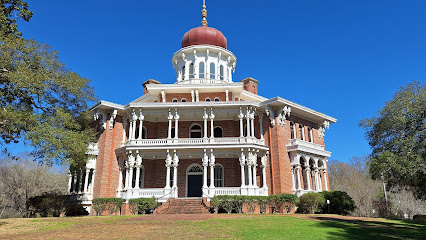
Natchez Mall
Discover diverse shopping, dining, and entertainment at Natchez Mall, a vibrant hub in the historic town of Natchez, Mississippi.
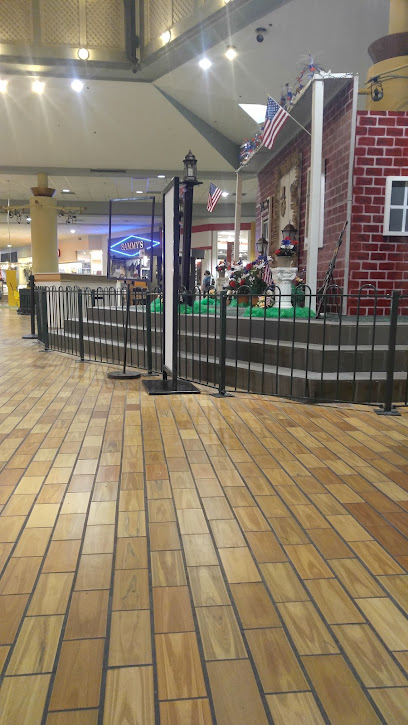
AutoZone Auto Parts
Explore AutoZone Auto Parts in Tupelo, Mississippi - your trusted source for quality car parts, accessories, and tools to keep your vehicle in top shape.
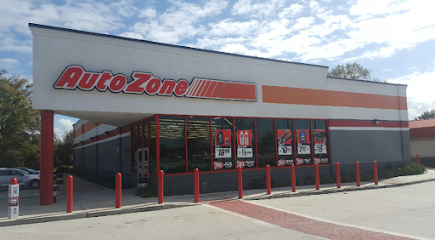
Grand Village of the Natchez Indians
Immerse yourself in the vibrant culture and history of the Natchez tribe at this unique museum in Mississippi.

Rosalie Mansion and Gardens
Discover the charm of Rosalie Mansion and Gardens, a historic gem in Natchez showcasing antebellum architecture and stunning gardens.
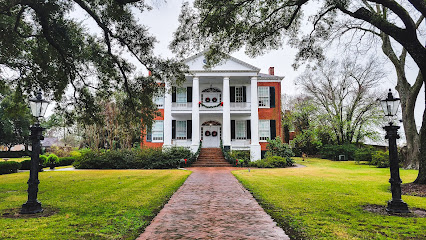
Emerald Mound
Explore Emerald Mound, a monumental testament to ancient cultures in Mississippi, offering breathtaking views and rich historical significance.
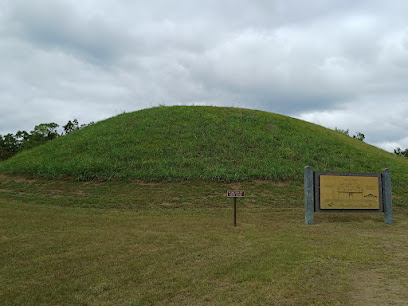
Old South Trading Post
Experience the heart of Southern charm at Old South Trading Post, your go-to destination for unique crafts and souvenirs in Natchez, Mississippi.
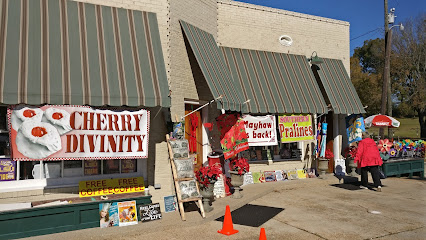
Forks of the Road
Discover the poignant history of Forks of the Road, a significant landmark in Natchez, Mississippi, where the past informs the present.
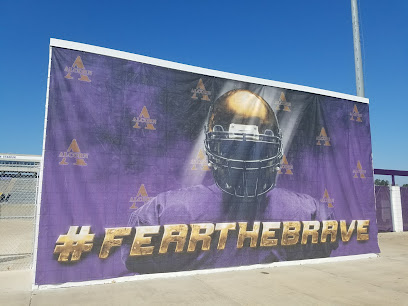
Laurel Hill Lake
Experience the natural beauty and outdoor adventures at Laurel Hill Lake in Lawrenceburg, Tennessee, a perfect getaway for fishing and relaxation.
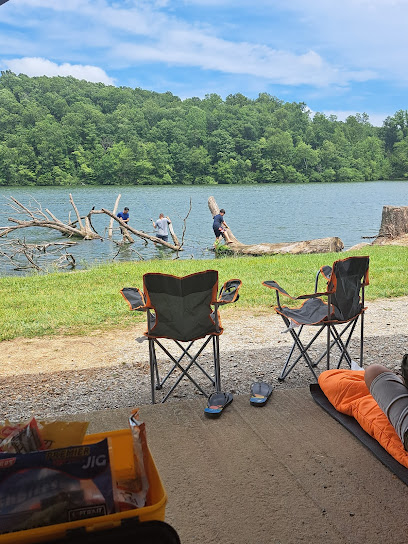
Pharr Mounds Display Kiosk
Explore the ancient burial mounds at Pharr Mounds Display Kiosk, a historical gem in Mississippi's serene landscape, rich in Native American heritage.

The Towers of Natchez
Experience the rich history and elegance of The Towers of Natchez, a Southern landmark offering a unique blend of accommodation and heritage.
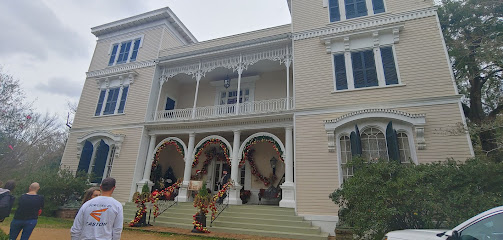
Silver Street Gallery & Gifts
Explore Silver Street Gallery & Gifts in Natchez for unique handmade items and local art that capture the essence of Mississippi.
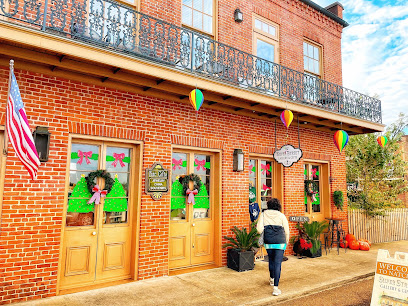
Essential bars & hidden hideouts
The Froghead Grill
Experience the flavors of the South at The Froghead Grill, a culinary gem in Clinton, MS, offering a diverse menu and warm hospitality.
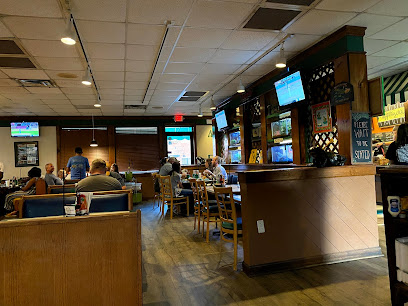
Blue Canoe
Experience Blue Canoe: Tupelo's lively bar and restaurant offering delicious food and drinks in a casual, vibrant atmosphere.

Pig Out Inn Barbeque
Discover the authentic taste of Southern barbecue at Pig Out Inn Barbeque in Natchez, Mississippi - a culinary gem for all barbecue lovers.
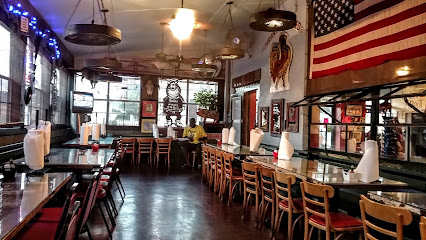
Fat Mama's Tamales
Experience the authentic taste of Mississippi at Fat Mama's Tamales, where delicious tamales and Southern hospitality await every visitor.
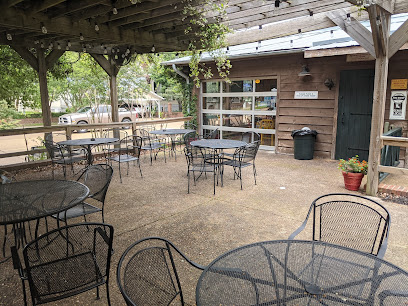
Trace Grill
Discover Trace Grill in Ridgeland, MS: a family-friendly restaurant serving delicious, affordable meals with a Southern twist.
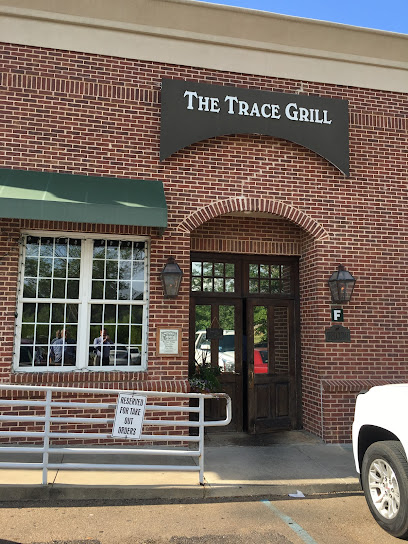
The Camp Restaurant
Experience the essence of Southern cuisine at The Camp Restaurant in Natchez, where every meal is a celebration of local flavors and hospitality.

Trace-Way Restaurant
Discover the heart of American dining at Trace-Way Restaurant in Mathiston, MS, where a delightful buffet awaits every hungry traveler.
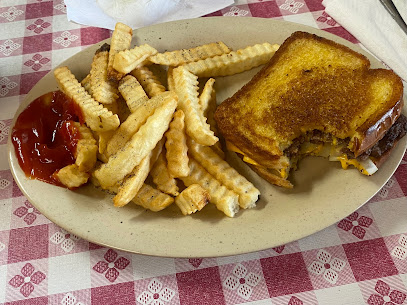
Under-the-Hill Saloon
Discover the historic charm and lively atmosphere of Under-the-Hill Saloon in Natchez, Mississippi, a perfect spot for drinks and stories.
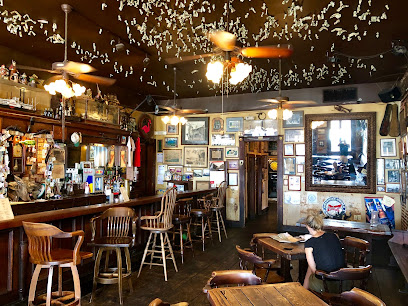
Biscuits & Blues
Experience the best of American cuisine and live blues music at Biscuits & Blues, a vibrant gem in the heart of Natchez, Mississippi.
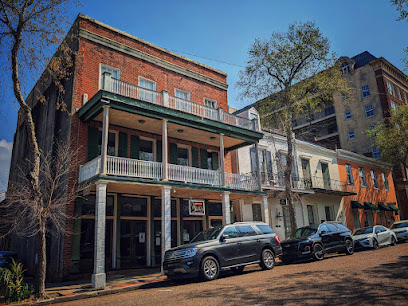
Anjou Restaurant
Experience the elegance of French cuisine at Anjou Restaurant in Ridgeland, MS, where every meal is a culinary masterpiece.
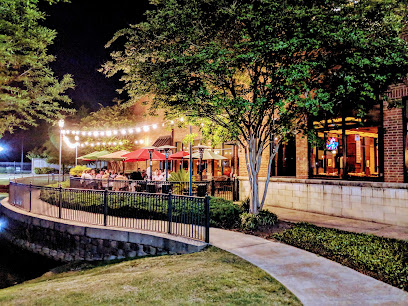
Monmouth Historic Inn & Gardens
Discover the elegance of Monmouth Historic Inn & Gardens, a historical gem in Natchez, offering fine dining, beautiful gardens, and Southern charm.
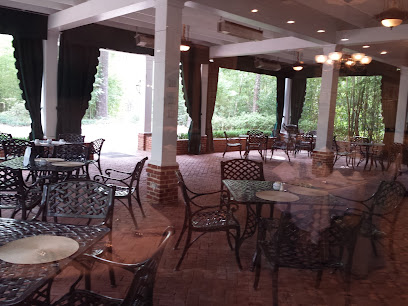
ForkLift Restaurant
Experience the taste of America at ForkLift Restaurant, Tupelo's premier destination for delicious food and warm hospitality.
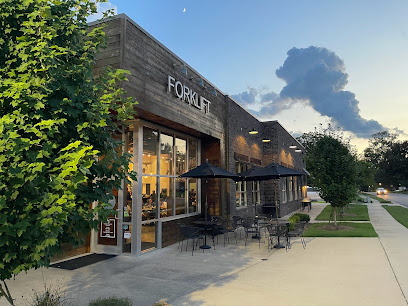
Woody's Tupelo
Experience the best steaks and seafood in Tupelo at Woody's, where delicious food meets vibrant entertainment in a warm atmosphere.

Shapley's Restaurant
Experience the finest steaks and an elegant atmosphere at Shapley's Restaurant, a top destination for dining in Ridgeland, Mississippi.
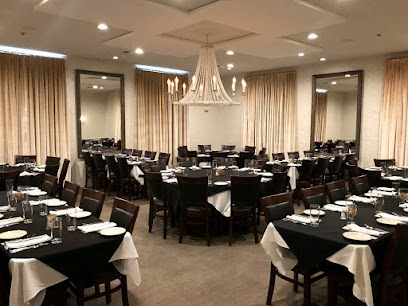
Southern Style Restaurant & Catering
Experience authentic Southern flavors at Southern Style Restaurant & Catering in Natchez, Mississippi, where home-cooked meals create lasting memories.
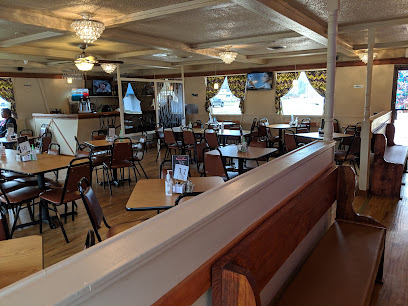
Local Phrases about Natchez Trace Parkway
-
- HelloHowdy
[haʊ-di] - GoodbyeSee ya later
[si jə ˈleɪ.tər] - YesYessir
[ˈjes ˈsɜr] - NoNah
[nɑ] - Please/You're welcomePlease/Come on in
[pliːz/kʌm ɑn ɪn] - Thank youMuch obliged
[mʌtʃ əˈblaɪdʒd] - Excuse me/SorryPardon me/My bad
[pɑrdn mi/maɪ bæd] - How are you?How y'all doin'?
[haʊ jɔl ˈduɪn] - Fine. And you?Just fine. And yourself?
[dʒʌst faɪn ænd jərˈsɛlf] - Do you speak English?Y'all speak English?
[jɔl spiːk ˈɪŋɡlɪʃ] - I don't understandI ain't catchin' on
[aɪ ɛnt ˈkæʧɪn ɑn]
- HelloHowdy
-
- I'd like to see the menu, pleaseI reckon I'll take a gander at the menu
[aɪ ˈrɛkən aɪl teɪk ə ˈɡændər ət ðə ˈmɛnju] - I don't eat meatI don't do meat
[aɪ doʊnt du ˈmit] - Cheers!Bottoms up!
[ˈbɑtəmz ʌp] - I would like to pay, pleaseI reckon it's time to settle up
[aɪ ˈrɛkən ɪts taɪm tə ˈsɛtl ʌp]
- I'd like to see the menu, pleaseI reckon I'll take a gander at the menu
-
- Help!Git me outta here!
[ɡɪt mi ˈaʊtə hɪr] - Go away!Scat!
[skæt] - Call the Police!Get the sheriff!
[ɡɛt ðə ˈʃɛrɪf] - Call a doctor!Fetch the doc!
[fɛtʃ ðə dɑk] - I'm lostDone gone and got myself lost
[dʌn ɡɔn ænd ɡɑt maɪˈsɛlf lɔst] - I'm illI ain't feelin' right
[aɪ eɪnt ˈfiːlɪn raɪt]
- Help!Git me outta here!
-
- I'd like to buy...I'm fixin' to purchase...
[aɪm ˈfɪksɪn tu ˈpɜrtʃəs] - I'm just lookingJus' browsin'
[dʒʌs ˈbraʊzɪn] - How much is it?What's the damage?
[wɑts ðə ˈdæmɪdʒ] - That's too expensiveThat's highfalutin'
[ðæts ˈhaɪfəˈlutɪn] - Can you lower the price?Can y'all wiggle on the cost?
[kæn jɔl ˈwɪɡəl ɑn ðə kɔst]
- I'd like to buy...I'm fixin' to purchase...
-
- What time is it?What's the hour?
[wɑts ðə ˈaʊər] - It's one o'clockIt's a tick past one
[ɪts ə tɪk pæst wʌn] - Half past (10)Halfway to (10)
[ˈhæfˌweɪ tu tɛn] - MorningMornin'
[ˈmɔrnɪn] - AfternoonAfternoon
[ˈæftərˌnun] - EveningEvenin'
[ˈivnɪn] - YesterdayYest'day
[ˈjɛstˈdeɪ] - TodayToday
[təˈdeɪ] - TomorrowTomorra
[təˈmɒrə] - 1One
[wʌn] - 2Two
[tu] - 3Three
[θri] - 4Four
[fɔr] - 5Five
[faɪv] - 6Six
[sɪks] - 7Seven
[ˈsɛvən] - 8Eight
[eɪt] - 9Nine
[naɪn] - 10Ten
[tɛn]
- What time is it?What's the hour?
-
- Where's a/the...?Where's yonder...?
[wɛrz ˈjɑndər] - What's the address?What's the location?
[wɑts ðə loʊˈkeɪʃən] - Can you show me (on the map)?Can y'all point it out (on the map)?
[kæn jɔl pɔɪnt ɪt aʊt ɑn ˈɑn ðə mæp] - When's the next (bus)?When's the next coach?
[wɛnz ðə nɛkst koʊʧ] - A ticket (to ....)A pass (to ....)
[ə pæs tu]
- Where's a/the...?Where's yonder...?
History of Natchez Trace Parkway
-
Long before European settlers arrived, the Natchez Trace was a crucial travel corridor for Native American tribes, including the Natchez, Chickasaw, and Choctaw. These indigenous groups used the trail for trade, communication, and migration. Archaeological evidence suggests that the trail's use dates back thousands of years, making it one of the oldest continuously used travel routes in North America.
-
In the 18th century, European explorers and colonists began to use the Natchez Trace. It became an essential route for French and Spanish explorers who were mapping the Mississippi River and its tributaries. The trail facilitated trade and communication between European settlements and Native American villages.
-
As the United States expanded westward in the late 18th and early 19th centuries, the Natchez Trace became a vital route for settlers, traders, and soldiers. Known as the 'Old Natchez Trace,' it linked the Mississippi River town of Natchez, Mississippi, with Nashville, Tennessee. The trail was used by Kaintucks, boatmen who floated their goods down the Mississippi River and then walked or rode back home along the Trace.
-
During the War of 1812, the Natchez Trace was a critical supply line for the American military. General Andrew Jackson, later the seventh President of the United States, famously marched his troops down the Trace to defend New Orleans against British forces. Jackson's use of the trail underscored its strategic importance during this tumultuous period.
-
With the advent of steamboats and railroads in the mid-19th century, the Natchez Trace saw a decline in use as a primary travel route. However, its historical significance was never forgotten. In the early 20th century, efforts began to preserve the trail as a historical and recreational resource. The Natchez Trace Parkway was established in 1938, and it now serves as a scenic drive that commemorates the trail's rich history.
-
The Natchez Trace Parkway, managed by the National Park Service, stretches 444 miles from Natchez, Mississippi, to Nashville, Tennessee. It is a popular destination for history enthusiasts, nature lovers, and outdoor adventurers. The parkway features numerous historical landmarks, including ancient mound sites, historic inns, and battlefields, offering visitors a glimpse into the diverse stories that have shaped this iconic trail.
Natchez Trace Parkway Essentials
-
The Natchez Trace Parkway stretches 444 miles from Natchez, Mississippi, to Nashville, Tennessee. The closest major airports are Jackson-Medgar Wiley Evers International Airport (JAN) in Jackson, Mississippi, and Nashville International Airport (BNA) in Nashville, Tennessee. From either airport, you can rent a car to access the parkway. The parkway is also accessible via several major highways, including I-20 and I-55 in Mississippi.
-
A personal vehicle is the most convenient way to explore the Natchez Trace Parkway, as public transportation options are limited. Bicycling is also popular, with designated bike lanes available along the parkway. Several car rental agencies operate in nearby cities. There are numerous pullouts and parking areas along the parkway where you can stop to explore historical sites, trails, and scenic overlooks.
-
The official currency is the U.S. Dollar (USD). Credit and debit cards are widely accepted at gas stations, restaurants, and accommodations along the route. However, some smaller businesses and remote areas may only accept cash, so it's advisable to carry some cash with you. ATMs are available in the nearby cities and towns.
-
The Natchez Trace Parkway is generally safe for tourists. However, it's essential to take standard precautions such as locking your vehicle and not leaving valuables in plain sight. Be aware of wildlife when driving, particularly at dawn and dusk. High-crime areas are not typically associated with the parkway, but always stay vigilant and informed about your surroundings.
-
In case of emergency, dial 911 for immediate assistance. The parkway is patrolled by the National Park Service rangers who can provide aid and information. Ensure you have a good map or GPS device, as cell phone reception can be spotty in some areas. Nearby cities and towns along the route have medical facilities and pharmacies for non-emergency health issues.
-
Fashion: Do wear comfortable and weather-appropriate clothing. Avoid overly revealing outfits as a sign of respect in historical and natural sites. Religion: Do respect any religious or cultural sites along the parkway by observing posted rules. Public Transport: Do note that public transport is limited; plan to use a personal vehicle or bicycle. Greetings: Do greet park staff and fellow travelers with friendliness. Eating & Drinking: Do take advantage of picnic areas for meals, and carry out all trash to keep the parkway clean. Don't feed wildlife or leave food unattended.
-
To experience the Natchez Trace Parkway like a local, take the time to stop at lesser-known historical markers and trails. Visit the small towns along the route, such as French Camp, Mississippi, for a glimpse into local life. Early morning or late afternoon drives offer the best light for photography and a higher chance of spotting wildlife. Don't miss visiting the Mount Locust Inn & Plantation, one of the oldest structures along the parkway.
Trending Landmarks in Natchez Trace Parkway
-
Reservoir Overlook
-
Natchez National Historical Park
-
Cypress Swamp
-
Natchez Trace Parkway Visitor Center
-
Emerald Mound
-
The Natchez Trace
-
Sunken Trace
-
Witch Dance
-
Old Trace and Confederate Gravesites
-
Natchez Trace Chisha Foka Multi-Use Trail
-
Rocky Springs Trail
-
Old Trace Exhibit Shelter
-
Natchez Trail
-
Chickasaw Council House
-
Choctaw Agency
Nearby Cities to Natchez Trace Parkway
-
Things To Do in McComb
-
Things To Do in Vicksburg
-
Things To Do in Baton Rouge
-
Things To Do in Monroe
-
Things To Do in Lafayette
-
Things To Do in Hattiesburg
-
Things To Do in Slidell
-
Things To Do in New Orleans
-
Things To Do in Houma
-
Things To Do in Lake Charles
-
Things To Do in Greenwood
-
Things To Do in Shreveport
-
Things To Do in Gulfport
-
Things To Do in Meridian
-
Things To Do in Biloxi












